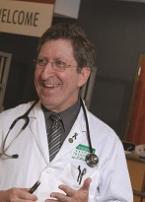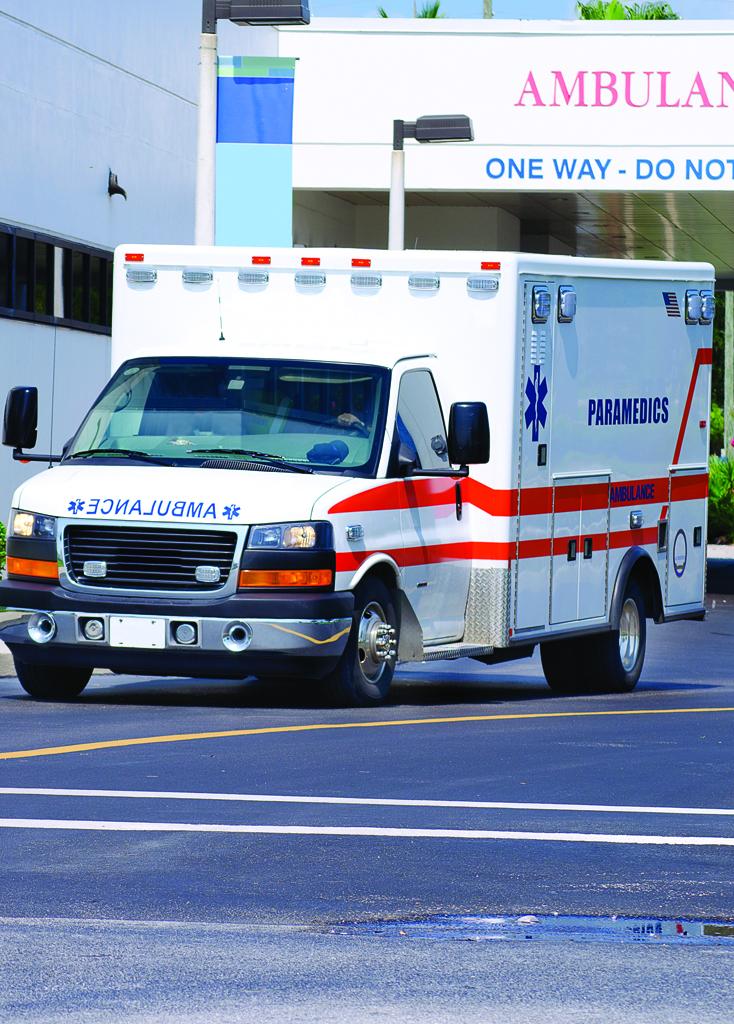
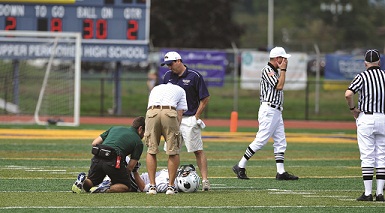
Considerations of the venue will help to define and delineate the extent and nature of the facilities needed. Events planned for an urban setting can likely take advantage of the infrastructure of the environment, and likely would be able to pair with a hospital to provide the layers of care needed without having to provide an on location facility for higher level care. Rural or wilderness settings would demand establishment of more comprehensive medical facilities, to include areas designated for initial evaluation and triage through simple first aid and onto skilled medical care divisions. In such remote locations, adequate provision must be made for at least minor surgery and stabilization for transport, as well as advanced life support for acute life threatening emergencies.
The relative risk to the population involved factors into the need for services. With sporting events that involve bodily contact, weapons, or vehicles, the expectation of more serious injury prompts availability of more skilled services to be available at the event location, rather than at a distant site. In fact, some events, such as the Grand Prix Racing events which are becoming increasingly popular throughout the country, require separate facilities for drivers and crew which are staffed to the level of an Emergency Department of a hospital. Separate locations are set up for audience and other individuals’ needs, which nominally expects to see a lower rate of serious injury or illness.
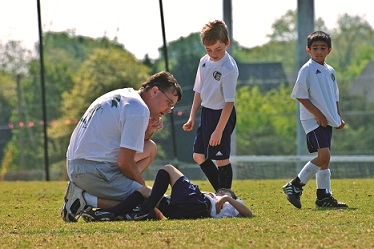
While profiling the event and crowd may not be exact, determining the nature of the crowd, and the probability of certain types of medical emergencies is necessary to planning for adequate care. The proliferation of intoxicating substances such as alcohol, drugs, or hallucinogens is likely at some venues, and would require both personnel trained in dealing with impaired people, as well as suitable medical supplies and accommodations to provide appropriate care. Rural or wilderness events can be expected to generate accidents and injuries ranging from cuts and bruises to broken bones and lacerations. Without the proximity of a hospital, providers and supplies adequate to the full range of presenting cases must be available.
A detailed plan of action should be in place and rehearsed to deal with the rare, but potentially deadly, acute medical emergency. Whether a heart attack, fall with head injury or internal bleeding, major laceration, or even a gunshot wound, all such scenarios need to be considered, with exact protocols laid out in a clear and understandable fashion, and all involved knowing their parts and expected actions. In addition, expectation of assault among populations at risk would necessitate provision of facilities to deal with blunt force trauma, sexual assault, or penetrating wounds.
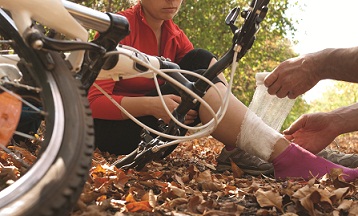 Partnering opportunities with regional hospitals may represent an ideal resource for staffing such facilities. Particularly if a hospital with a fully staffed Emergency Department is nearby, such a partnership can provide both staffing with nursing, technicians and aides, as well as ED physicians to provide higher level care. The physical facility would also benefit from availability of medications, supplies, and medical equipment necessary to such an area. Costs to the hospital could be offset by the publicity generated by the event, acknowledging the vital role played by the hospital in providing public safety and support. While it would clearly be more difficult in a rural or wilderness setting, such a partnership could extend into such a venue as well. In that case, an ambulance company or transport facility could enter into the mix to facilitate transfer and care of seriously ill or injured persons to the partner hospital for advance level of care.
Partnering opportunities with regional hospitals may represent an ideal resource for staffing such facilities. Particularly if a hospital with a fully staffed Emergency Department is nearby, such a partnership can provide both staffing with nursing, technicians and aides, as well as ED physicians to provide higher level care. The physical facility would also benefit from availability of medications, supplies, and medical equipment necessary to such an area. Costs to the hospital could be offset by the publicity generated by the event, acknowledging the vital role played by the hospital in providing public safety and support. While it would clearly be more difficult in a rural or wilderness setting, such a partnership could extend into such a venue as well. In that case, an ambulance company or transport facility could enter into the mix to facilitate transfer and care of seriously ill or injured persons to the partner hospital for advance level of care.
Stratification of personnel, as suggested above, should be keyed to the size of the population at risk, the nature of the event, and the availability of services in the region of the venue. With a very small event, perhaps a hundred people or less, one might elect to have an individual trained in first aid, such as an EMT or paramedic, with a communication channel and transport linkage to a local medical facility established for any unforeseen emergencies. As the size of the crowd, or any potential risk, increases, additional trained nurses, paramedics, or EMTs can be added to the staff. Once a population exceeds several hundred, the presence of a physician trained in emergency medicine can facilitate lines of action and communication, improve overall outcomes, and potentially save lives. Again, using a local hospital as a resource can provide physician coverage along with other resources, making such teamwork valuable to the success of the mission.
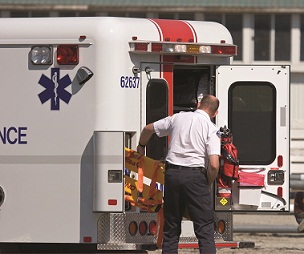 Establishment of the health care facility at any but the most minimal of events likely should include direct input of a physician skilled in emergency medical services The facility plan should include a clearly demarcated area, with adequate signage appropriate to the venue. Multi-lingual signs should be included based on local population, as well as consideration for access for those with hearing, visual, and/or physical impairments. Reception and intake areas should be laid out, with expeditious triage available to recognize any potentially serious cases and direct them for emergent care. Areas for potentially infectious diseases, disruptive or loud patients, or even modesty for nursing mothers or the like should also be provided. Once screened, patients should be seen and treated by appropriate personnel as needed. If there is a reasonable expectation of case severity, on-site radiology, surgical facilities with surgical teams, and advance life support may be necessary and included in the plans. Full communication lines for specialty or hospital services, access for administrative hierarchy, and public relations should be provided.
Establishment of the health care facility at any but the most minimal of events likely should include direct input of a physician skilled in emergency medical services The facility plan should include a clearly demarcated area, with adequate signage appropriate to the venue. Multi-lingual signs should be included based on local population, as well as consideration for access for those with hearing, visual, and/or physical impairments. Reception and intake areas should be laid out, with expeditious triage available to recognize any potentially serious cases and direct them for emergent care. Areas for potentially infectious diseases, disruptive or loud patients, or even modesty for nursing mothers or the like should also be provided. Once screened, patients should be seen and treated by appropriate personnel as needed. If there is a reasonable expectation of case severity, on-site radiology, surgical facilities with surgical teams, and advance life support may be necessary and included in the plans. Full communication lines for specialty or hospital services, access for administrative hierarchy, and public relations should be provided.
In summary, at any event of size, the input of trained emergency physicians can facilitate the establishment of medical services to provide care at all levels. Partnering with a local hospital can help provide access to those services locally or at a nearby location. The Marketing and Promotion Department of the hospital may well be willing to absorb some or all of the costs involved, in exchange for the publicity and exposure such an event may generate. Coordination with the event hierarchy is necessary both to confirm to any event requirements, as well as insure the availability of space and structure needed for the medical facility. The need for on-site services must be surveyed with a critical eye towards providing those services most likely to be needed, and making other vital services available either through local contingency planning or transport vectors to ancillary facilities. Specific local population needs must be addressed, with accommodation planned for language, customs and mores, disabilities, or other issues unique to the location.
With understanding of the event and venue, and forward thinking, creative and inclusive planning, the overall goal of safety and an enjoyable event can be achieved for events of any size.

